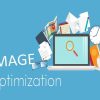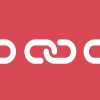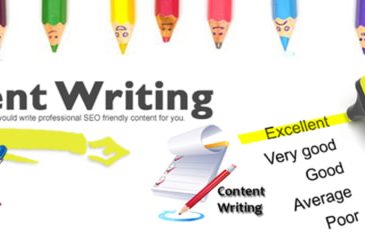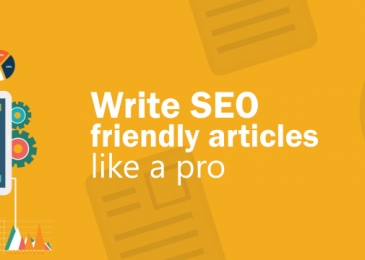In this article, we are going to take a look at on-page SEO practices. But first, we need to get the idea of on-page SEO practices and understand how they are different from other approaches. Let’s dive in!
If Content is the King, On-Page SEO is the King Maker
On-page SEO refers to the rules and principles that one must apply on the web page to rank higher in search engines.
All these factors have just one ultimate goal: to help the user consume your content and get his query answered in the shortest possible time.
If your content can do that, Google will love it (and rank it right on the top).
So when it comes to any SEO campaign, your first step should be to optimize the page for multiple on-page SEO elements so that you have a solid foundation for your search campaigns.
Let’s explore some of the most important on-page SEO techniques that can ensure a high probability that your web page will rank high in the search engines.
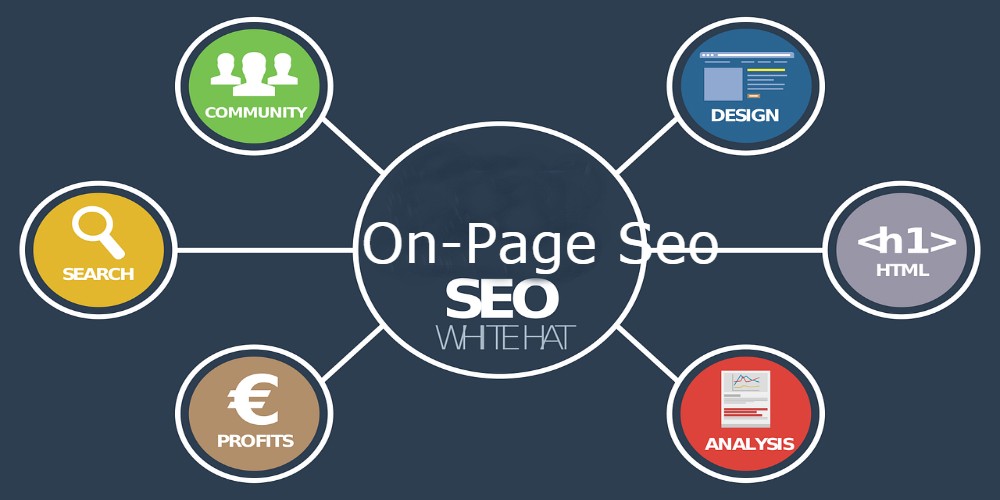
Before starting: pre-optimization steps
Based on your keyword research and mapping spreadsheet, select the keyword and searcher intent you want to use for the page or blog post you want to optimize. Remember: in general, you want to make sure each page targets only one searcher intent (or a “bucket” in the keyword mapping spreadsheet you have worked on).
For the purpose of this blog article, we will be going through an example blog post that’s being optimized for “red emojis”.
Write the content of the page or blog post without optimizing it for the target keyword. I did this a lot when I first started writing for Search Engine Optimization, but it’s a lot better to write the content without worrying about the optimization process or the keywords you need to use. This way, you will be able to produce content that’s more natural, focused on the users, rather than the search engines.
Write Impressive Page Title
This is a one-liner description of your content and is visible to the user when he makes the search.
Optimizing page title is extremely important because it directly impacts the Click Through Rate of your page. More the CTR, the higher the page will rank.
Ensure you drop your main keyword in the page title, as close to the beginning as possible.
Write Clear Meta description
While this is not going to impact the page ranking, the meta description is important from clickability perspective.
Always ensure you have your primary keyword or a close variant as part of your meta description, again as close to the beginning as possible.
This ensures your user sees your content as a possible solution to his query.
Write skimmable Heading tags (H1-H6)
Heading tags are extremely important because they provide a logical structure to your content and make it skimmable.
There should only be one H1 tag, and it should summarize the content of your post.
Then comes H2/H3/H4 etc, tags which can be multiple in numbers but should be at the same logical level.
Consider the case of this post where all the SEO factors are put under the H3 tag because they stand at the same level. Do observe the content of other tags as well on this page and look for logical partitioning that each tag helps achieve.
Have your focus keyword in the H1 tag, and focus plus related keywords (or LSI keywords) as part of other tags.
Use an URL which can be “decoded” by a human
It is highly recommended that you should make your URL:
- short,
- contain a keyword.
Thus, you will make your URL friendly, recognizable and memorable.
One can argue with this idea, but the fact is that Google confirms: the first three-five words are the most important part of the URL. And it makes the game worth the candle for the purpose of on-page SEO.
In the actual circumstances, this step will not influence the site rating to a great extent.
Use multimedia to add some “brightness”
The importance of text on the site is beyond all question, and optimization through useful articles is one of the most significant steps in the whole process of site promotion. But only if it is accompanied by video materials and images. These elements will improve at least the factors mentioned below:
- bring down the bounce rate number;
- boost the time the users spend visiting the site.
These two examples are of vital importance when it comes to site promotion. Graphic and video content will help to better them.
Every peculiar type of site demands certain information, but practically on every landing page, you can add some graphics and video for on-page optimization.
Keyword Targeting
- Use keywords in the H1 tag. The closer the keyword is to the beginning of the title tag, the more weight it has with search engines.
- Use H2 for subheadings. H2 tags are also important for search engine ranking. Make sure that you developed a proper structure of your webpage and wrapped all subheadings into the <h2> tags.
- Use keywords in the first 100 words. Be sure to add your keywords into the first paragraph of your website page. But please mind that overuse of keywords negatively influences your website ranking.
- Build SEO-friendly URLs. Use short and keyword rich URLs. SEO specialists say that shorter URLs perform better.
- Pay attention to the image file name. If you want to rank in Google image search, a file name is important.
- Internal linking. Internal links allow users to navigate a website, help establish internal information hierarchy and spread the ranking power around websites.
Use outgoing links
Indeed, the outgoing links are taken into consideration by both Google and Yandex. If you include links to some credible resources related to your theme, this is natural. So, you don’t have to guard the link from indexation.
Taking into account the results of the experimental trick of our colleagues, and our own experiments, we have come to the conclusion that the links of the promoted pages placed on Wikipedia.org significantly improve their ranking.
The algorithm of this website page optimization trick is very simple, you can see it at seo report. If you include a link to the resources that are regarded by searching system as credible, this is only a huge plus for the promoted page.
That’s it! If you have completed all of these steps, your on-page optimization is done. Together with your technical optimization and off-page optimization, your on-page optimization will help search engines better understand your content, pushing it higher into the Search Engine Result Pages for your target keywords.
Read more Smart ways to optimize internal links in SEO
_______________________________________________________________________________
For more details about our seo service packages, pls contact us
BIGBIGSEO Team
Email: bigbigseo@gmail.com
Skype: bigbigseo
https://www.facebook.com/bigbigseo
Thank you!
